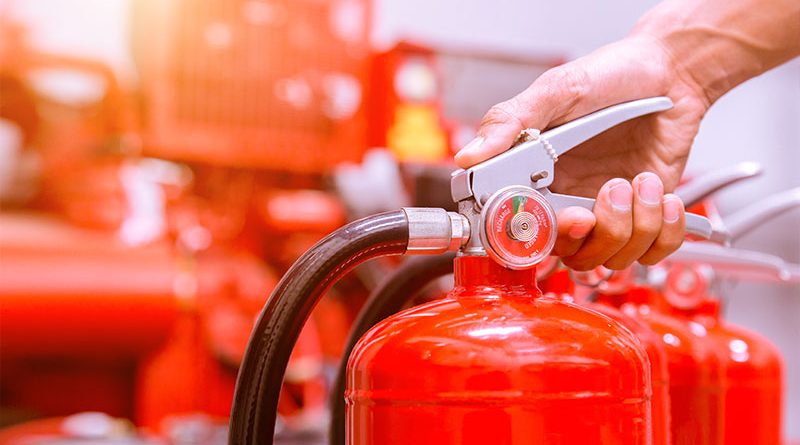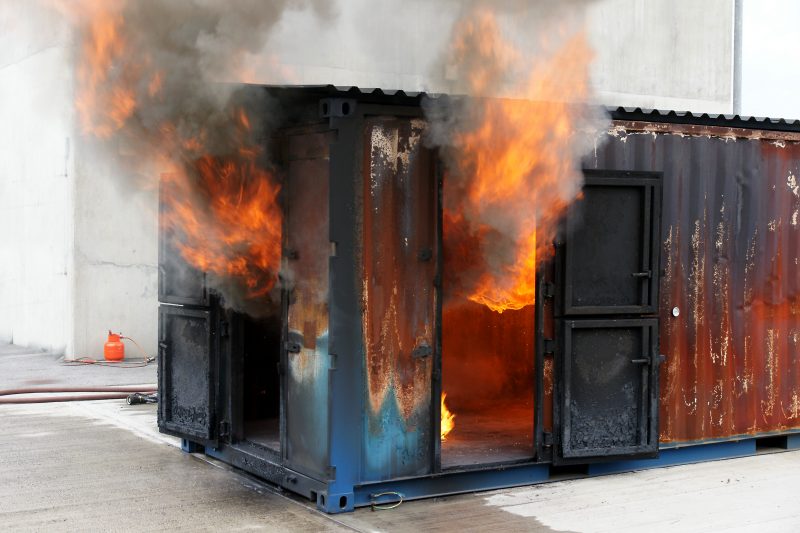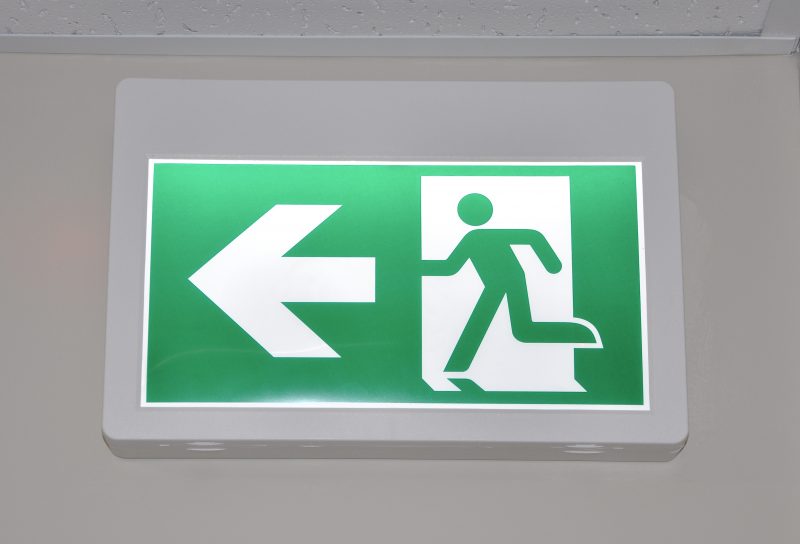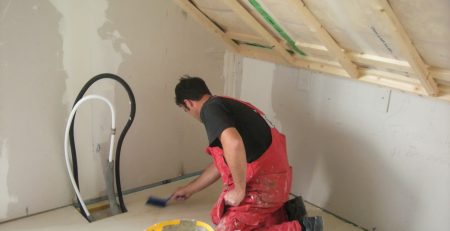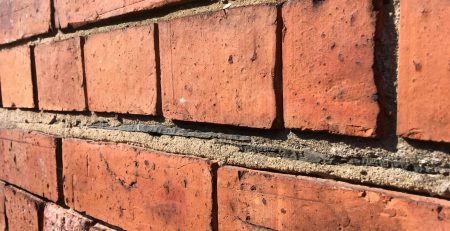Your Go-To Guide For Understanding Construction Fire Risk Assessments
Working on a construction site can be a rewarding role with the potential to enjoy lots of job satisfaction. As skilled traders bring their skills together and begin to see what was once a site of rubble become an extravagant block of apartments, a new shopping centre or simply a new home for an excited family, the challenges and problems of the site soon fade into insignificance. That’s right, for many people, working on a construction site is their ideal career and they wouldn’t change it for the world!
However, if you have a level of responsibility when it comes to running a construction site you are likely well aware that behind a happy workforce and a successful construction site lies a lot of planning, organising and ensuring that all the lovely red tape is always in order.
One element to construction sites which is essential for the safety of those who work there, as well as the integrity of the building work which is being completed, is that of a construction site fire risk assessment. What does such an assessment include? Let’s take a closer look at this vital undertaking.
What Is Included In A Construction Site Fire Risk Assessment?
Knowing that a fire risk assessment is essential for a construction site is one thing, however, understanding what is actually involved in such an assessment is quite another. While various extras may be included in some assessments and indeed some specialised construction sites may need such extras, in general, a standard assessment will include the following areas:
- Hazard Identification
- People at Risk Identification
- Evaluation and Action
- Recording, Planning and Training
- Review
Of course, listing the elements to a fire risk assessment is all well and good, however, do you understand what each of these elements really represents? Allow us to provide you with a few additional details.
Hazard Identification
This part of the assessment includes identifying ways in which a fire could start. For each construction site, the hazards identified may be different. The layout, location, and nature of the site will likely determine a lot of the hazards which are identified at this step in the assessment.
As well as identifying the ways in which a fire could start, this part of the process also involves identifying what could burn if a fire was to start on the site. Again, the nature and type of construction site may mean that the results are different for any given site.
People at Risk Identification
The people who will be identified as being at risk will, of course, include the employees and contractors, however other less-obvious people will also be identified. For instance visitors to the site or people with a disability who may find it more difficult to leave a site in the case of an emergency.
Evaluation and Action
Once the hazards and the people at risk have been identified the assessment moves on to finding ways to reduce and remove risk. The end goal in this part of the assessment is to identify how people and the premises can be protected in the best possible way.
Recording, Planning and Training
It is vital that the hazards and people at risk which are identified are clearly recorded, as well as any action which has been taken as a result of these being identified. In addition, a fire safety plan is compiled at this point so that everyone involved has a full understanding of how they should act in the event of a fire.
Fire Risk Assessment Review
Once you have completed a fire risk assessment you cannot sit back on your laurels and presume that all fire risk matters have now been dealt with for the next decade; not at all!
Your fire safety plans need to be reviewed on a regular basis. Remember, construction sites are constantly changing. New people come in and out, the tasks being carried out can change rapidly, and new hazards or risks can appear in very subtle ways. It is essential that you have your assessment reviewed regularly and that any changes are identified and your fire safety plan is adapted accordingly.
Indeed, it is more than clear to see that fire safety planning is a vital part of any construction site. We know that construction sites are busy places with people constantly coming and going. Each person who sets foot on the site should be able to do so without putting themselves at any form of risk, including a fire risk.
By fully understanding the ins and outs of a good fire risk assessment it is more than possible to ensure that your construction site had ticked all of the safety boxes. In that way, the people who work there can get on with their tasks in the knowledge that their safety is of number one priority.

